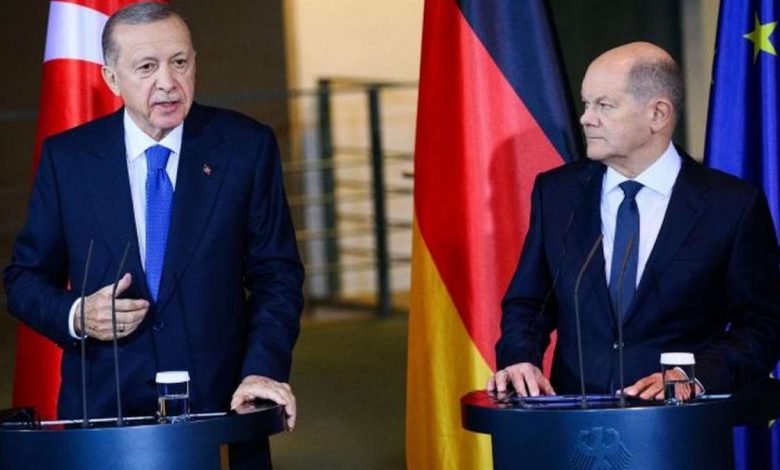
The Zapatista Uprising in Chiapas: A Fight for Justice, Democracy, and Liberation
On the first day of 1994, the Zapatista Army of National Liberation (EZLN) declared war on the Mexican federal army, denouncing the dictatorship of the ruling party and calling for international organizations to oversee the conflict to protect civilians. This bold statement marked the beginning of a revolutionary movement that would significantly impact the political landscape of Mexico.
The uprising in Chiapas, known as the Zapatista movement, was fueled by the implementation of the North American Free Trade Agreement (NAFTA) on the same day it came into effect. The EZLN presented eleven demands, including land, work, education, and freedom, encapsulating the aspirations of the marginalized indigenous population.
The confrontation escalated when the rebels captured former governor Absalón Domínguez and later released him in exchange for imprisoned insurgents. Despite initial attempts at peace talks, the EZLN rejected the government’s proposals and continued to pursue their agenda, leading to a process of consultation among their bases and a subsequent expansion of their demands to include the right to information and respect for indigenous culture.
After years of negotiations and legislative efforts, the Mexican government passed a law on indigenous rights and culture, which was met with resistance and ultimately rejected by the Zapatistas. They denounced the legislation as a betrayal of the agreements reached in San Andrés, leading to a rupture in dialogue and a shift towards autonomy and self-governance in their territories.
The impact of the Zapatista uprising extended beyond the realm of armed conflict, sparking national and international debates on indigenous rights, social justice, and democratic participation. Despite the unresolved tensions between the EZLN and the Mexican government, their struggle continues to inspire movements advocating for the rights of marginalized communities worldwide.




